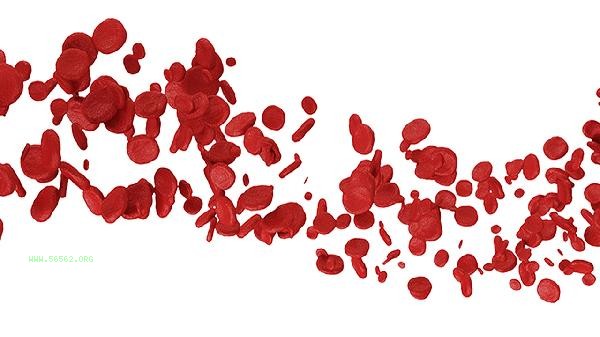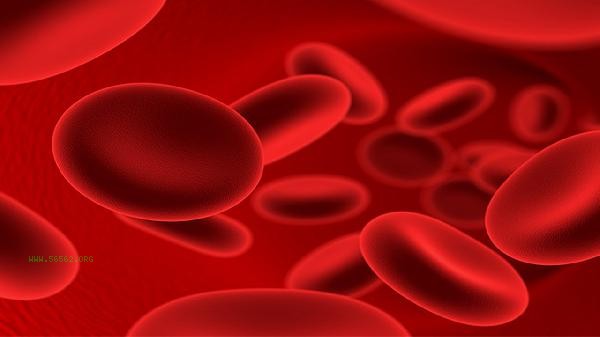A low average red blood cell volume may be one of the manifestations of anemia, but not all cases necessarily mean anemia. Low average red blood cell volume is usually associated with small cell anemia, such as iron deficiency anemia or thalassemia, but may also be caused by other factors. Low average red blood cell volume is common in iron deficiency anemia, which is caused by insufficient iron in the body, leading to a decrease in hemoglobin synthesis during red blood cell production and a reduction in red blood cell volume. Iron deficiency anemia may be caused by long-term iron deficiency, chronic blood loss, or iron absorption disorders. Patients may experience symptoms such as fatigue, dizziness, and pale complexion. Thalassemia is a genetic disease characterized by abnormal hemoglobin synthesis leading to a smaller red blood cell volume. Patients may have a family history and the severity of symptoms varies. Certain chronic diseases such as chronic kidney disease or inflammatory diseases may also lead to a lower average red blood cell volume, which is related to abnormal iron metabolism or insufficient erythropoietin in the body. In rare cases, a lower average red blood cell volume may be related to laboratory errors, such as improper sample handling during blood collection or calibration issues with detection instruments. Certain medications such as antiviral drugs or chemotherapy drugs may affect red blood cell production, resulting in a temporary decrease in average red blood cell volume. Lead poisoning can interfere with hemoglobin synthesis and cause a decrease in red blood cell volume, which is more common in areas with occupational exposure or environmental pollution. Rare hereditary sideroblastic anemia can also be characterized by low average red blood cell volume, which is associated with iron utilization disorders. When the average red blood cell volume is found to be low, it should be comprehensively judged in conjunction with other blood routine indicators such as hemoglobin concentration and red blood cell distribution width. Suggest conducting iron metabolism tests, hemoglobin electrophoresis, and other methods to further clarify the cause. Moderate intake of iron rich foods such as red meat, animal liver, and dark green vegetables can be added to daily diet, while foods containing vitamin C can promote iron absorption. Avoid excessive drinking of tea or coffee that affects the efficiency of iron absorption. Maintaining a regular schedule and moderate exercise can help improve hematopoietic function. If accompanied by obvious symptoms or persistent abnormalities, seek medical attention promptly for professional evaluation and treatment.











Comments (0)
Leave a Comment
No comments yet
Be the first to share your thoughts!